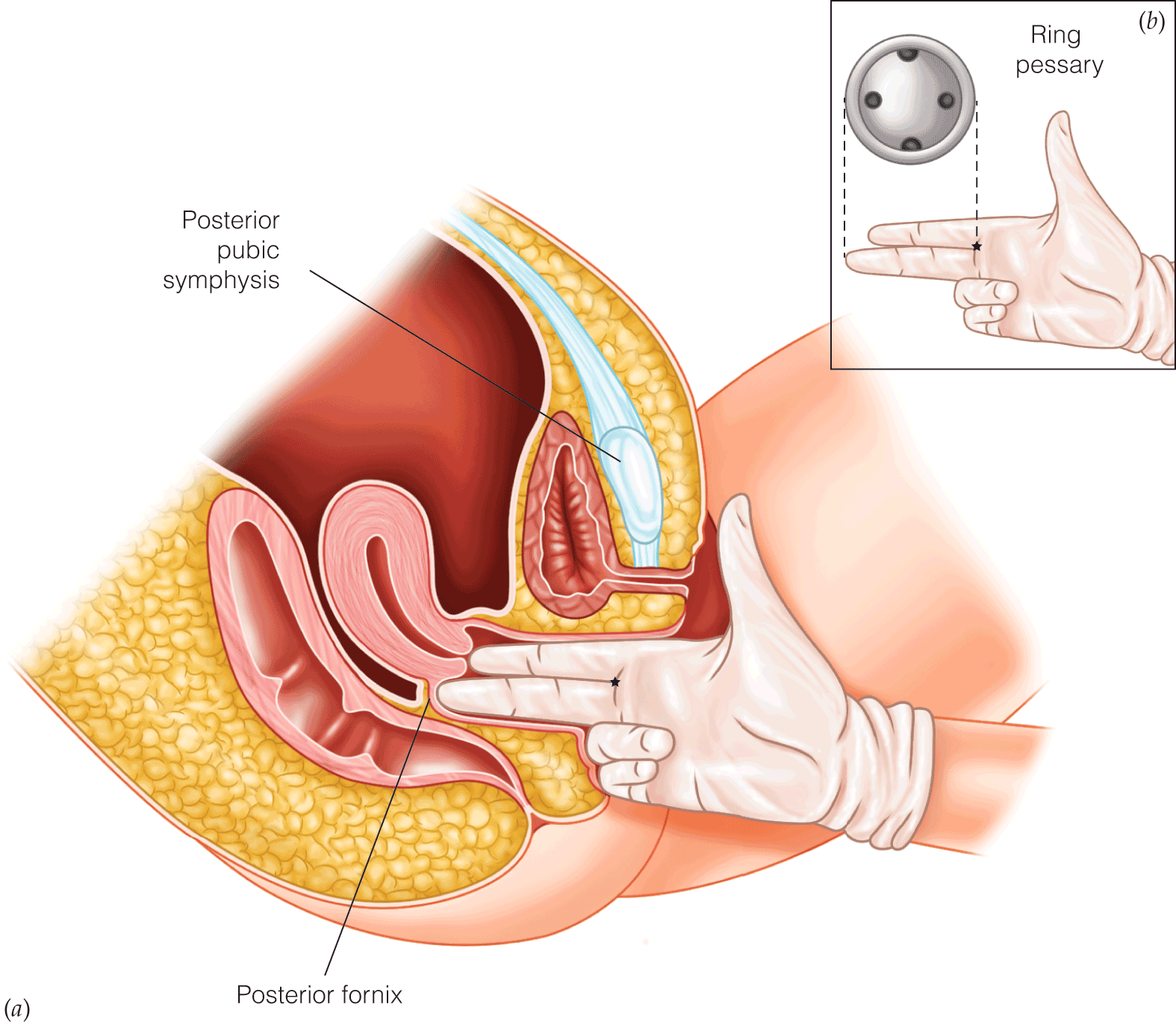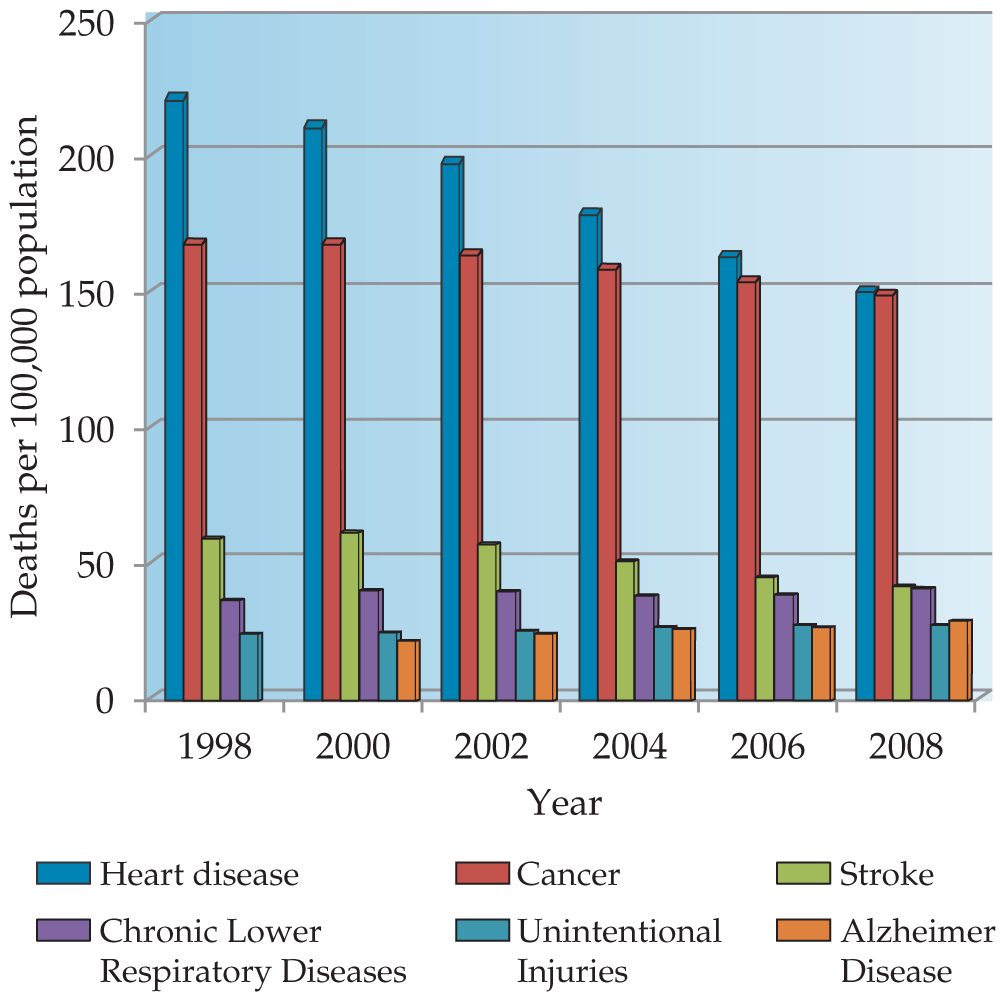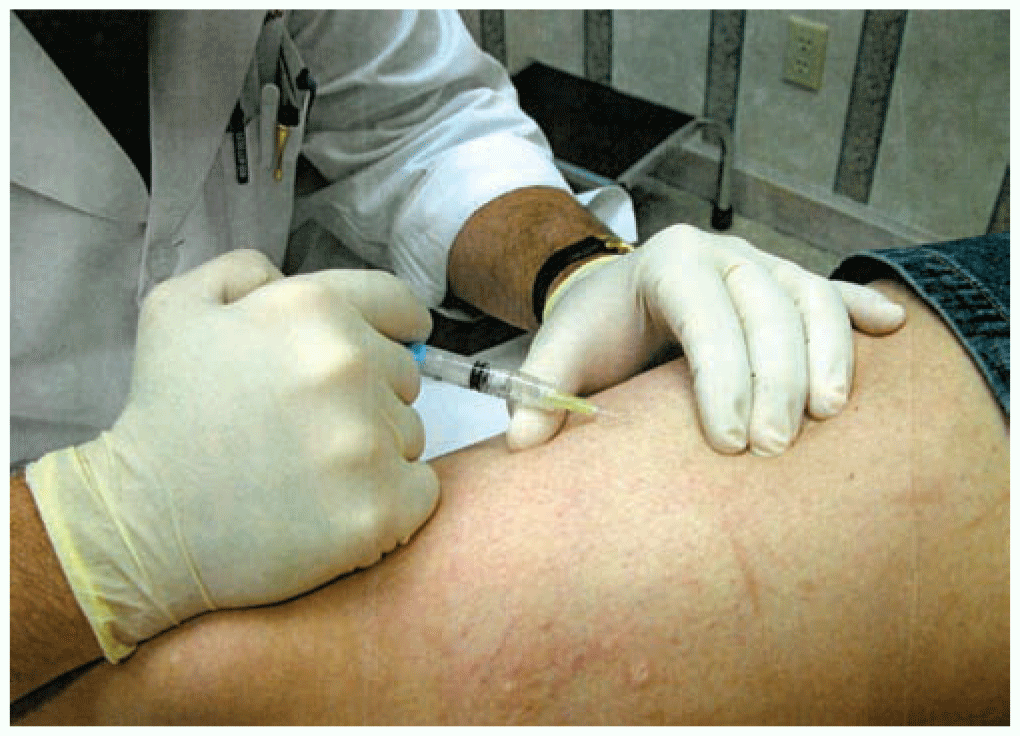Primary and Preventive Care of Women
- Latest USPSTF recommendation on breast cancer screening
- Latest USPSTF recommendation guide to clinical preventive services
- Latest USPS evidence review on aspirin for the primary prevention of cardiovascular events
- Latest USPSTF recommendations for use of antiretroviral drugs in pregnant HIV-infected women
- Latest NOF clinician guide to prevention and treatment of osteoporosis
- Latest ACS guideline for breast cancer screening for women at average risk










.png)







